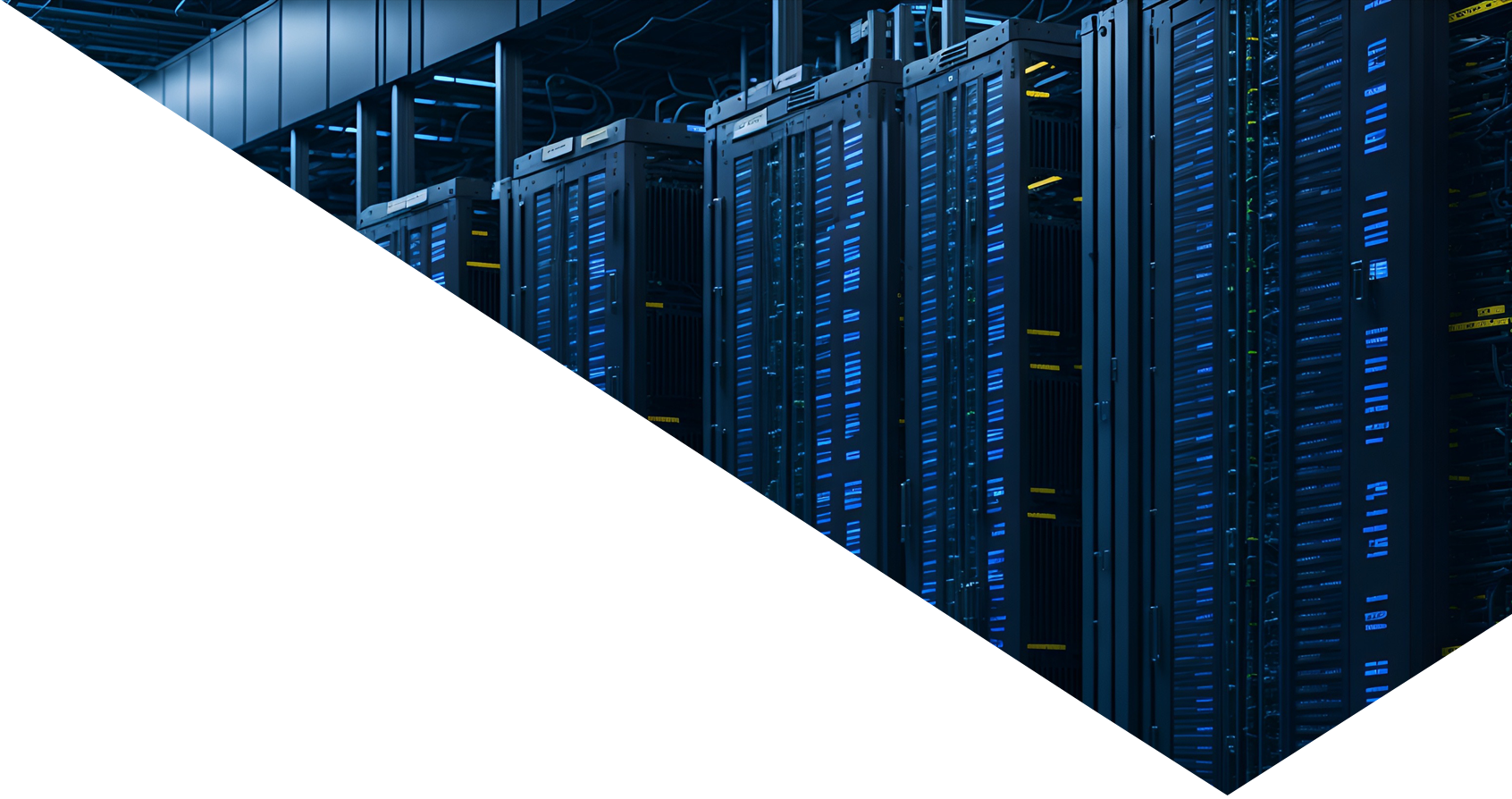
Investing
Balancing AI and innovation with environmental responsibilities
Artificial Intelligence (AI) has become an integral part of modern life in recent years, revolutionising industries across the board, from healthcare and finance to transportation. Hailed as a game-changer, AI’s transformative potential is certainly undeniable. But as you next ask Chat-GPT to plan your perfect holiday, have you considered the hidden cost? Beneath its brilliance also lies a pressing concern: the significant environmental impact of AI, particularly in terms of energy consumption and carbon emissions.
Supporting AI requires substantial infrastructure, primarily vast data centres housing thousands of servers. As AI utilisation has grown, so has the number of data centres. Globally, there are now more than 7,000 data centres built or in various stages of development, almost double the 3,600 in 2015. This increase has led to a corresponding rise in energy demand, which primarily relies on electricity, much of it still generated from fossil fuels. Additionally, the cooling systems required to prevent servers from overheating further contribute to energy consumption. To put some colour on this, a study conducted by researchers at the University of Massachusetts found that training certain popular large AI models can produce about 626,000 pounds of carbon dioxide, equivalent to around 300 round-trip flights between New York and San Francisco—nearly five times the lifetime emissions of the average car.
Clearly, the energy-intensive processes that power AI come with a staggering carbon footprint, affecting greenhouse gas emissions and aggravating climate change. AI is complicating the net-zero goals of major tech firms. For example, Google’s greenhouse gas emissions climbed by almost 50% over five years as the company infused AI throughout many of its core products. This increase makes it harder for Google to meet its goal of eliminating carbon emissions by 2030. It’s a similar story for Microsoft, which has seen primarily its AI activities cause emissions to rise by 30% relative to 2020, even as it still aims to be carbon negative by 2030.
Efforts to mitigate the environmental impact of AI are however underway. One approach is to develop more energy-efficient algorithms. Researchers are focusing on optimising AI models to reduce the amount of computational power required without compromising performance. Innovations in cooling technologies, such as using ambient air or liquid cooling, also help reduce energy consumption.
Additionally, green data centres are essential in minimising the carbon footprint of AI. To achieve this, many companies are investing in renewable energy sources like solar and wind to power their facilities. In fact, the largest cloud service providers—Amazon, Microsoft, and Google—have set ambitious goals to operate their data centres entirely on green energy: Amazon by next year, and Google and Microsoft by 2030.
These companies are also developing technological methods to reduce power consumption and balance grid demand more efficiently. This includes improving chip and server efficiency, arranging equipment to require less cooling, and shifting loads to different areas based on the availability of green energy. Policy and regulation are also likely to have a significant focus and will be essential in guiding the tech industry towards sustainability. Governments and international organisations are starting to implement policies that promote energy efficiency and the use of renewable energy in data centres. Future regulations may further incentivise the development and adoption of environmentally friendly AI technologies.
The environmental impact of AI is a complex and pressing issue. While AI offers tremendous benefits, its energy consumption and carbon footprint are significant concerns that need to be addressed. Through technological innovation, corporate responsibility, and supportive policies, it is possible to mitigate the environmental impact of AI.
Nedbank Private Wealth’s sustainable portfolios are invested in clean energy projects, including direct investments in renewable technology such as wind farms and solar parks, all of which will benefit from the increased demand by AI. Balancing the benefits of AI with sustainable practices will ensure that we can continue to harness the power of AI while protecting our planet for future generations.
For more information please click here, or speak to your private banker directly.
Sources:
AI’s Insatiable Need for Energy Is Straining Global Power Grids (bloomberg.com)
Google Is No Longer Claiming to Be Carbon Neutral – Bloomberg
The Real Environmental Impact of AI | Earth.Org
Author

Madhushree Agarwal
Investment Analyst , London
In 2015, Madhushree joined the London office of Nedgroup Investments, a sister company of Nedbank Private Wealth, as an investment analyst. She focuses on macroeconomic asset allocation and fund research.
Madhushree holds an MSc in Investment and Wealth Management from Imperial College Business School and has a first class BSc (Hons) degree in Banking and International Finance from Cass Business School. Madhushree is also a Chartered Financial Analyst.
RELATED NEWS
You may also be interested in the following Insights
Sign up for our updates
Stay up to date with the latest news, insights, and opinions from Nedbank Private Wealth by signing up to our newsletter. You can also register to be invited to our virtual events and hear directly from a wide range of experts. Sign up below. You can unsubscribe at any time.













